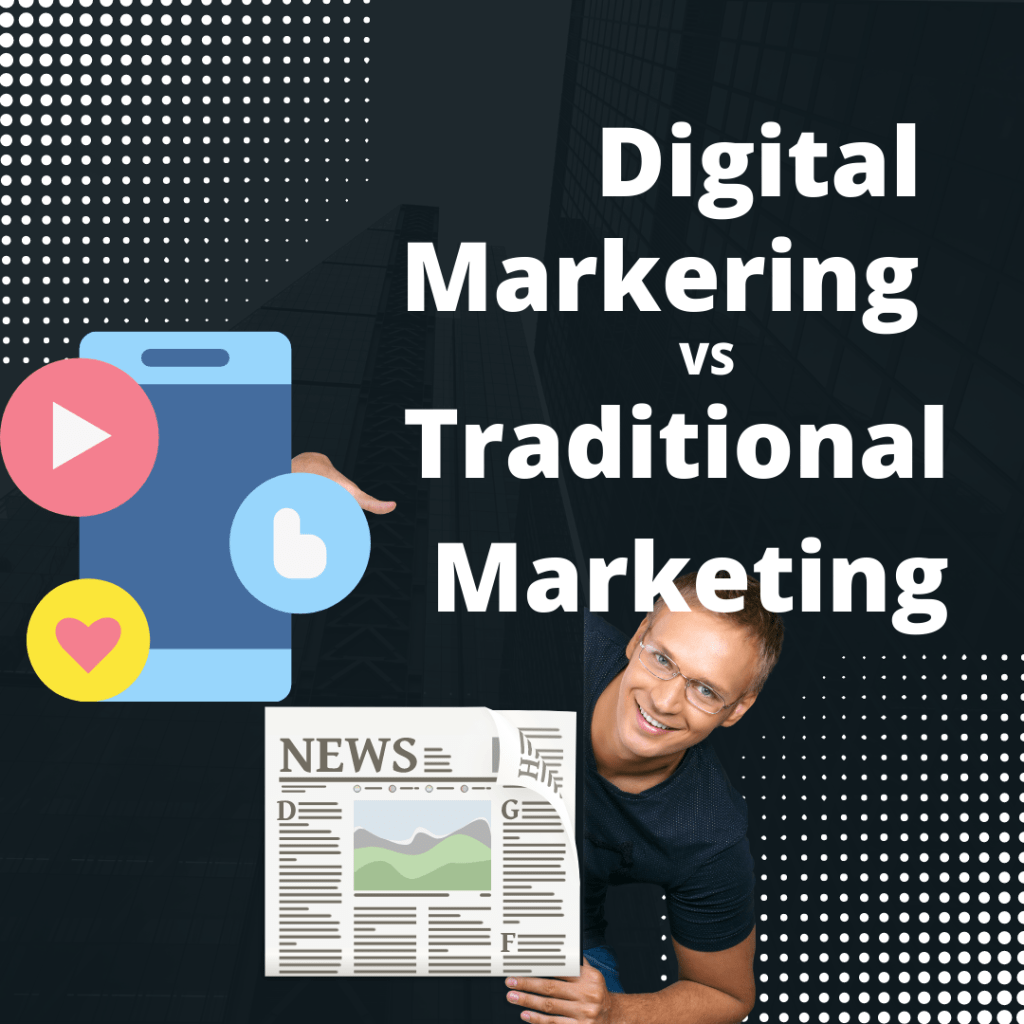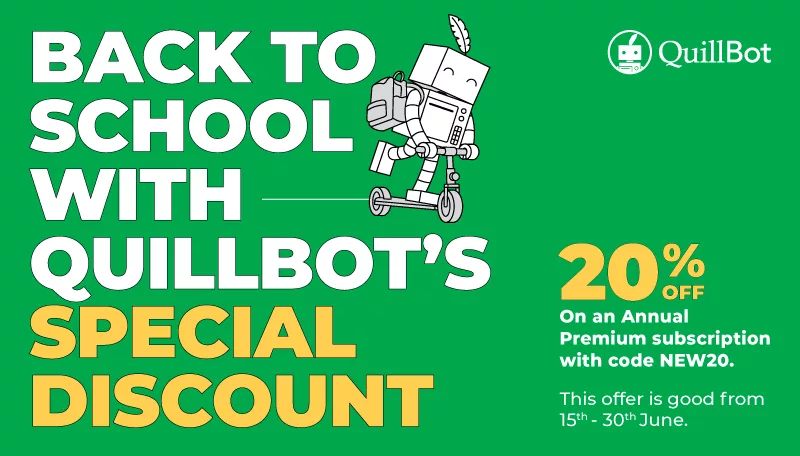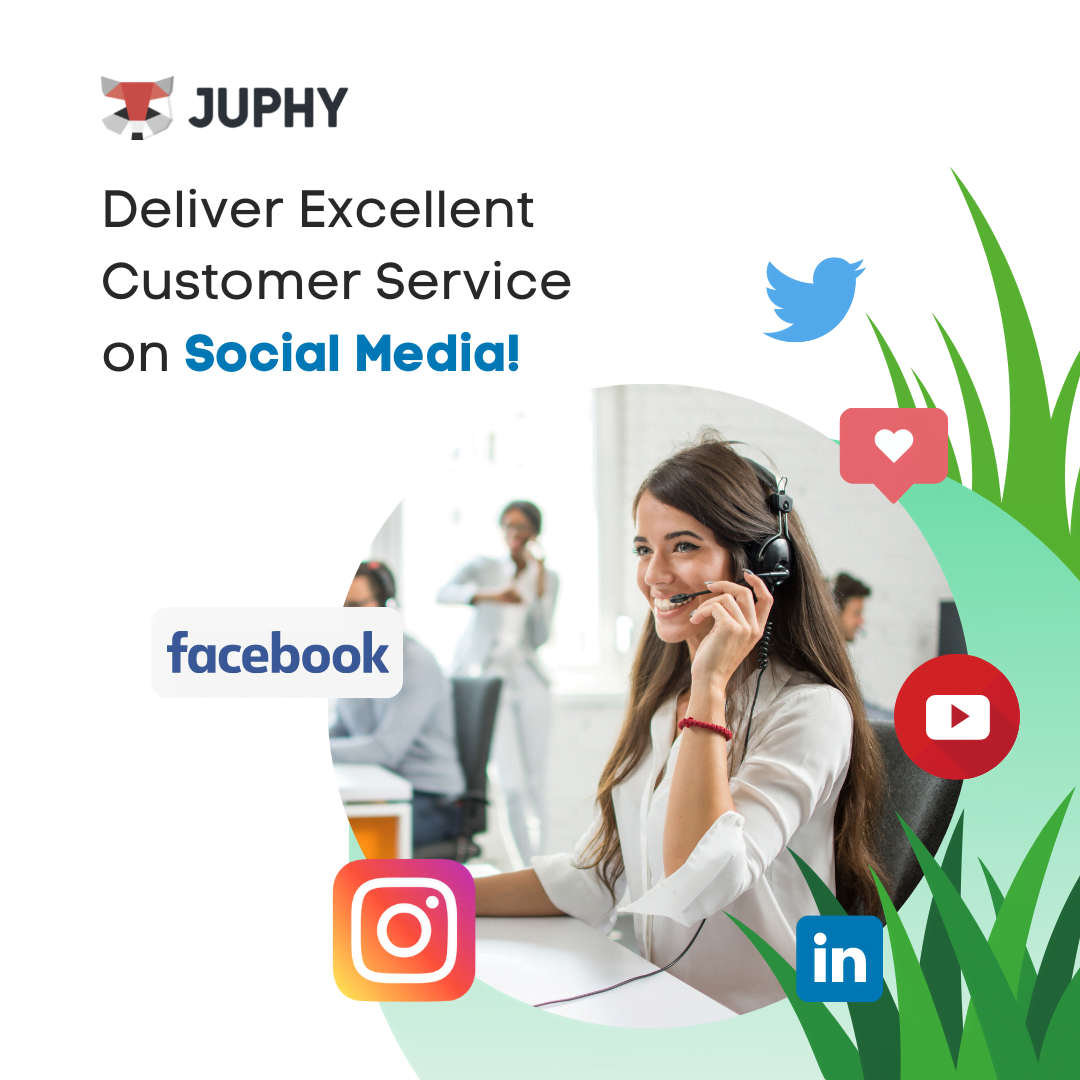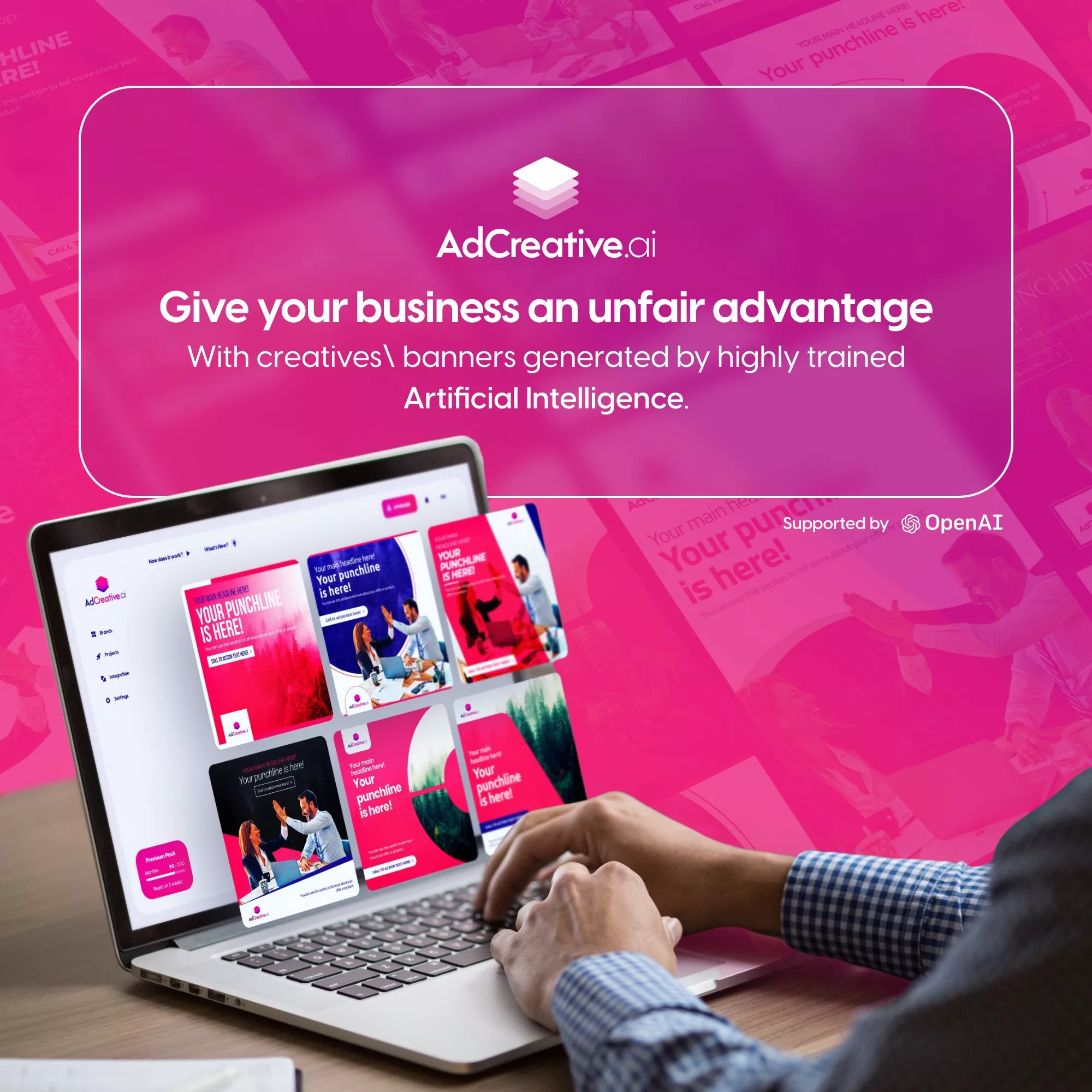Digital Marketing vs Traditional Marketing
In the world of marketing, the competition is fierce, and businesses are always looking for innovative ways to reach out to their target audience. In the past, traditional marketing, such as print ads, billboards, and TV commercials, dominated the industry. However, with the advent of digital marketing, businesses have been presented with a new avenue to connect with their customers. Digital Marketing vs Traditional Marketing: which marketing strategy is right for your business? In this article, we will explore the differences between digital marketing and traditional marketing and help you make an informed decision.

Digital Marketing
Digital marketing refers to the use of digital channels, such as social media, email, and search engines, to promote a business’s products or services. Here are some advantages of digital marketing:
- Cost-effective: Compared to traditional marketing, digital marketing is relatively inexpensive, making it an attractive option for small businesses with limited budgets.
- Measurable results: With digital marketing, you can track your campaigns’ performance in real time, allowing you to make data-driven decisions and adjust your strategies accordingly.
- Targeted advertising: Digital marketing allows you to target specific demographics, interests, and behaviours, increasing your chances of reaching your ideal customer.
- Flexibility: Digital marketing campaigns can be tweaked and adjusted on the fly, making it easier to adapt to changing market trends.
Social Media Marketing
Search Engine Optimization (SEO)
Email Marketing
Pay-Per-Click (PPC) Advertising
Content Marketing
Social Media Marketing
Social media marketing involves using social media platforms like Facebook, Twitter, and Instagram to promote your products or services. Here are some tips for successful social media marketing:
- Create a strong brand voice that aligns with your business’s values and mission
- Share valuable content that resonates with your audience
- Engage with your followers through comments, messages, and contests
- Utilize social media analytics to track your performance and adjust your strategy accordingly
Search Engine Optimization (SEO)
SEO refers to the process of optimizing your website to rank higher in search engine results pages (SERPs). Here are some tips for successful SEO:
- Conduct thorough keyword research to identify the keywords your target audience is searching for
- Optimize your website’s meta tags, headers, and content with relevant keywords
- Build high-quality backlinks to your website from reputable sources
- Monitor your website’s performance using Google Analytics and adjust your strategy accordingly
Email Marketing
Email marketing involves sending promotional messages or newsletters to a list of subscribers who have opted-in to receive communications from your business. Here are some tips for successful email marketing:
- Personalize your emails by addressing the recipient by name and segmenting your email list based on demographics or behaviour
- Use attention-grabbing subject lines to entice recipients to open your email
- Provide valuable content that solves a problem or meets a need of your subscribers
- Include clear calls to action that encourage recipients to take action
Pay-Per-Click (PPC) Advertising
PPC advertising involves paying for each click on an ad that appears in search engine results or on social media platforms. Here are some tips for successful PPC advertising:
- Conduct thorough keyword research to identify the keywords your target audience is searching for
- Create compelling ad copy that aligns with the searcher’s intent
- Set a budget and bid for keywords that align with your business’s goals
- Monitor your campaigns’ performance using analytics and adjust your
Content Marketing
Content marketing involves creating valuable and informative content, such as blog posts, videos, and infographics, to attract and engage your target audience. Here are some tips for successful content marketing:
- Conduct research to identify the topics and formats that resonate with your audience
- Create high-quality content that provides value and solves a problem for your target audience
- Use search engine optimization (SEO) tactics to ensure your content ranks well in search engine results pages (SERPs)
- Promote your content on social media and through email marketing to increase its reach
Traditional Marketing
Traditional marketing refers to using offline channels, such as TV ads, radio ads, print ads, billboards, and direct mail, to promote a business’s products or services. Here are some advantages of traditional marketing:
- Tangible: Traditional marketing tactics provide a tangible experience, such as holding a brochure or seeing a billboard, which can leave a lasting impression on consumers.
- Wide reach: Traditional marketing can reach a broader audience, especially those who may not have access to or use digital channels.
- Established trust: Traditional marketing tactics, such as TV and print ads, have been around for decades, establishing trust with consumers who may be wary of digital marketing.
- Brand awareness: Traditional marketing can help build brand awareness by reaching a large number of people quickly.
TV Advertising
Radio Advertising
Print Advertising
Direct Mail
Billboards
TV Advertising
TV advertising involves creating a commercial that airs on television to promote a business’s products or services. Here are some tips for successful TV advertising:
- Keep the ad short and to the point, as viewers have a short attention span
- Use visuals and audio to create a memorable experience
- Use emotional appeals to resonate with viewers
- Consider airing the ad during popular shows or events that align with your target audience
Radio Advertising
Radio advertising involves creating an audio commercial that airs on radio stations to promote a business’s products or services. Here are some tips for successful radio advertising:
- Use sound effects and music to create a memorable experience
- Use storytelling to engage listeners
- Keep the ad short and to the point, as listeners have a short attention span
- Consider airing the ad during popular shows or time slots that align with your target audience
Print Advertising
Print advertising involves creating an ad that appears in newspapers, magazines, or other print publications to promote a business’s products or services. Here are some tips for successful print advertising:
- Use eye-catching visuals and headlines to grab readers’ attention
- Keep the ad simple and easy to understand
- Use a clear call to action that encourages readers to take action
- Consider advertising in publications that align with your target audience
Direct Mail
Direct mail involves sending promotional materials, such as brochures or postcards, to a list of targeted recipients through the mail. Here are some tips for successful direct mail:
- Personalize the mail with the recipient’s name and address
- Use eye-catching visuals and headlines to grab the recipient’s attention
- Keep the message simple and easy to understand
- Include a clear call to action that encourages the recipient to take action
Billboards
Billboards involve creating ads that appear on a large billboard in a high-traffic area to promote a business’s products or services. Here are some tips for successful billboard advertising:
- Use eye-catching visuals and limited text to grab drivers’ attention
- Use a clear and concise message that can be easily read while driving
- Consider the location of the billboard to ensure it reaches your target audience
- Use bright colours and bold fonts to make the ad stand out
FAQs
Which marketing strategy is better- Digital Marketing vs Traditional Marketing?
The answer to this question depends on a variety of factors, including your business goals, target audience, budget, and industry.
Can digital marketing and traditional marketing be used together?
Absolutely! In fact, using both strategies together can create a comprehensive marketing plan that reaches a broader audience and maximizes the benefits of each approach.
Which traditional marketing tactic is most effective?
The most effective traditional marketing tactic depends on your business and target audience. TV advertising, for example, maybe more effective for reaching a broad audience, while direct mail may be more effective for targeting a specific group of consumers.
Conclusion
In conclusion, the choice between digital marketing and traditional marketing depends on a variety of factors, including your business goals, target audience, budget, and industry. Digital marketing offers the benefits of being cost-effective, easily measurable, and highly targeted, while traditional marketing offers the benefits of tangibility, established trust, and wide reach. Ultimately, the most effective marketing plan is one that combines both digital and traditional marketing tactics to reach a broad audience and maximize the benefits of each approach.









Leave a Comment
You must be logged in to post a comment